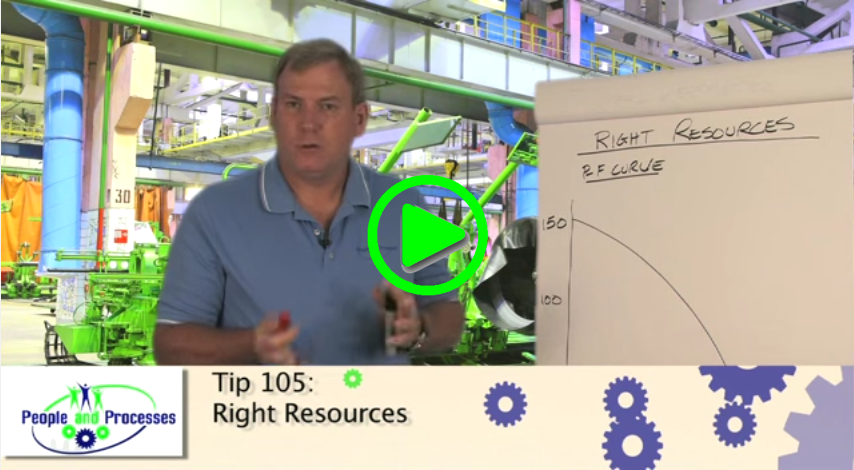|
When we get heat, where can we find heat? Well, using the infrared as an example on the curve, maybe back up on the curve somewhere. In between infrared and the actual heat piece, we might very well be able to find it just simply with using the operator's sense of feel. That's using your hand or the back side of your hand.
What about from another operation's perspective? What about, let's say, vibration? Well, we can feel that again. We can feel heat. We can feel vibration. We can hear noise.
You might ask, "How can we talk about vibration and feeling that using the senses or hearing it from a noise standpoint?" Obviously we can find out with vibration. We'll put it on the chart. We can get into a debate about whether it plays out in front of infrared or not.
|

